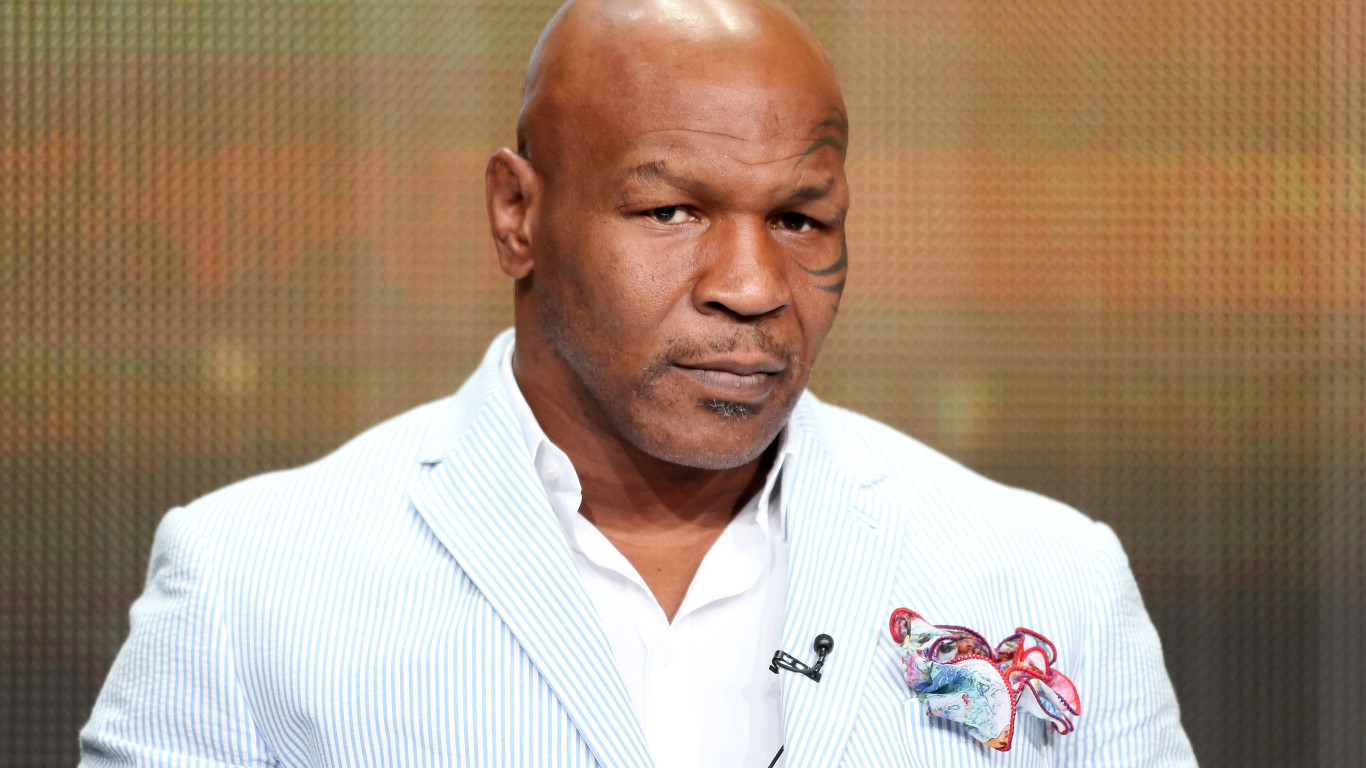
Snap Inc. (NYSE: SNAP) stock fell after a fourth-quarter earnings report that troubled investors. However, a close look at its millions of daily active users shows a figure of 218 million, higher than Wall Street analysts expected, based on consensus data. Snap stock quickly rallied and rose toward a 52-week high. Trading volume also surged above recent levels.
In reality, Snap’s revenue miss for the final quarter of 2019 was tiny. Snap posted $561 million, against the Factset forecast of $563 million, so it is hard to make the case it missed its numbers. The number of daily active users rose 17% year over year. The user growth was at the high end of expectations.
Management’s Expectations
Comments from senior management were probably the primary reason the shares advanced.
CEO Evan Spiegel said of Snap’s outlook: “The strength in our core business gives us confidence in our long term growth and profitability and we’re excited to build on these results in 2020 and beyond.” He and his colleagues added a forecast for revenue of $450 million to $470 million.
Snap’s net loss for the fourth quarter was $240 million, which compares to $192 million in the year-ago period. This was based on a GAAP presentation.
For all of 2019, Snap revenue was $1.72 billion, up from $1.18 billion in 2018 and consistent with its growth in earlier years. The net loss for 2018 was $1.26 billion, compared to $1.03 billion in 2019. Snap ended the year with $2.11 billion in cash and marketable securities, as well as no long-term liabilities.
Stock Movements
Snap announced its IPO in March 2017, after a number of rounds funded by venture capitalists. Priced at $17 a share, it surged higher by 44% the first day to close at $24.48. Investors have been on a wild ride since then as the stock has gyrated based on the fortunes of both Snap and its rivals. For the most part, the company has disappointed Wall Street.
Since Snap went public, its share price is down 16%, while the S&P 500 is higher by 22%. That is a large negative spread compared to many other tech companies. Shares bottomed at $5 apiece in December 2018. They rallied as high as $19 last month, before selling down quickly.
The company’s current market cap is more than $24 billion. In contrast, other social media companies have higher market values. Twitter Inc.’s (NYSE: TWTR) market cap is $30 billion, and Facebook Inc. (NASDAQ: FB) leads the industry with a $601 billion valuation.
The Value of Users
As is the case with most successful social media companies, the number of Snap users has risen quickly. At the end of 2014, their count was 71 million, just before a steep ramp upward. The number rose to 107 million at the end of 2015, 158 million at the end of 2016, 178 million by the end of 2017 and 188 million to end 2018.
Obviously, growth has slowed considerably. Snap said that a redesign of its Snapchat product weighed growth in 2018. That, as much as anything else, helped build an army of skeptics.
Snap’s revenue comes largely from advertising. The primary driver of advertising is users.
Snapchat
Snap’s primary product, Snapchat, was released in 2011 and has been modified a number of times to drive adoption. It was built to allow users to send pictures and messages that were only available to other people using Snapchat. The messages only lasted for a short time, but the duration was lengthened in 2017.
In 2012, as the Snapchat app began to get global exposure, founder Spiegel wrote: “Snapchat isn’t about capturing the traditional Kodak moment. It’s about communicating with the full range of human emotion — not just what appears to be pretty or perfect.” Mass communications with still photos did not have to be the standard anymore.
The largest Snapchat user base is in the United States, at about 100 million. France followed at 20 million, then India at 19 million and the United Kingdom at 18 million. Oddly, given its total population, Saudi Arabia has a large number of Snapchat users at 16 million.
Financial Health
Snap’s revenue has soared, but from a low base as revenue was modest just three years ago. In 2016, it had revenue of $400 million. This rose to $890 million in 2017 and to $1.18 billion in 2018. Over the same years, Snap lost $510 million in 2016, $3.49 billion in 2017 and $1.26 billion in 2018.
Aside from its cash and marketable securities, Snap has $492 million in accounts receivable and $174 million in property and equipment.
Who Runs Snap? Who Owns It?
Snap has several independent board members who are business heavyweights. The nonexecutive chair is Michael Lynton, who worked at Sony Entertainment and was a member of Pandora’s board. The board also includes Joanna Coles, former head of content at Hearst Magazines, and A.G. Lafley, the former head of Procter & Gamble. In total, the board has seven independent directors.
Spiegel has served on the board and as CEO since May 2012. According to the company’s proxy, Spiegel’s compensation was $1.1 million last year. The number is low for CEO compensation at most relatively large public companies. However, he received a stock grant of $636,612,889 in 2017.
The next highest paid officer in 2019 was Chief Financial Officer Derek Andersen, who received stock, bonuses and cash that totaled $9.3 million.
Spiegel effectively controls the company through a special class of shares that gives him extraordinary voting power. Spiegel owns 53.6% of these Class C shares, which means he does not need a single vote to control the company. Robert Murphy, co-founder, owns 46.7% of this class of shares.
Most corporate governance experts believe that this structure is a huge disadvantage to other shareholders. The Snap 10K even states, among the company’s risk factors: “Our two co-founders have control over all stockholder decisions because they control a substantial majority of our voting stock.” It also may keep institutional investors away from the shares.
Snap’s Future
The company’s future depends very heavily on its tremendous competition. This includes not only Facebook, Twitter and Instagram but also apps that are popular outside the United States where Snap has a number of users.
Pinterest Inc. (NYSE: PINS) recently announced that its global monthly users rose 29% year over year to 335 million. The data was part of its fourth-quarter figures. Pinterest also posted a revenue increase of 46% to $400 million. Management expects revenue to surge to $1.52 billion next year.
What the crowded field means is that either social media users will need to increase the amount of time they spend with apps or some apps will begin to lose market share. At this point, it is too early to handicap the winners. Certainly, all these companies operate in the shadow of Facebook, which is so large that any substantial changes it makes to its main products (or new ones) threaten both the bottom line and revenue improvement prospects of the entire industry.
“The Next NVIDIA” Could Change Your Life
If you missed out on NVIDIA’s historic run, your chance to see life-changing profits from AI isn’t over.
The 24/7 Wall Street Analyst who first called NVIDIA’s AI-fueled rise in 2009 just published a brand-new research report named “The Next NVIDIA.”
Click here to download your FREE copy.
Thank you for reading! Have some feedback for us?
Contact the 24/7 Wall St. editorial team.
 24/7 Wall St.
24/7 Wall St.
